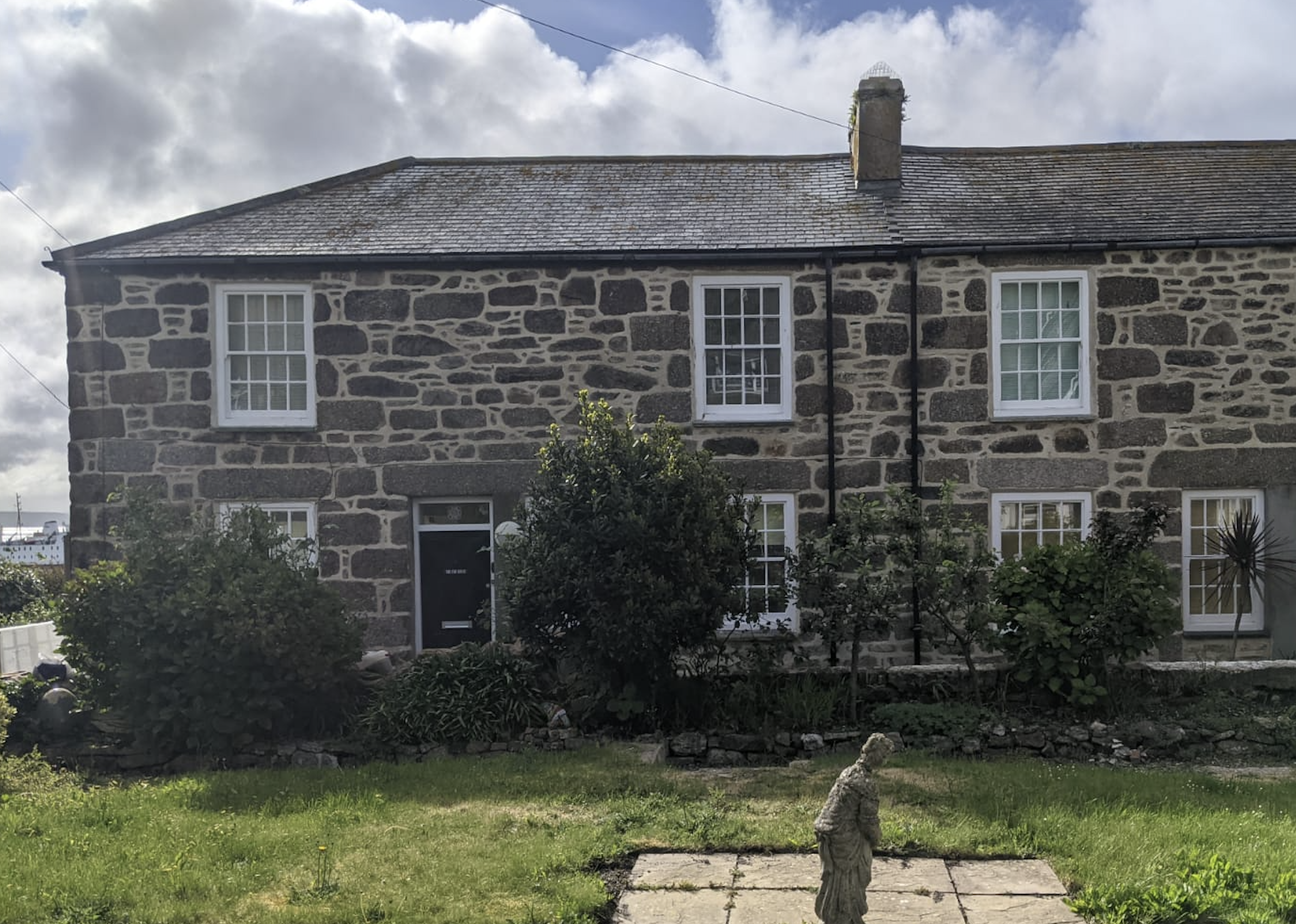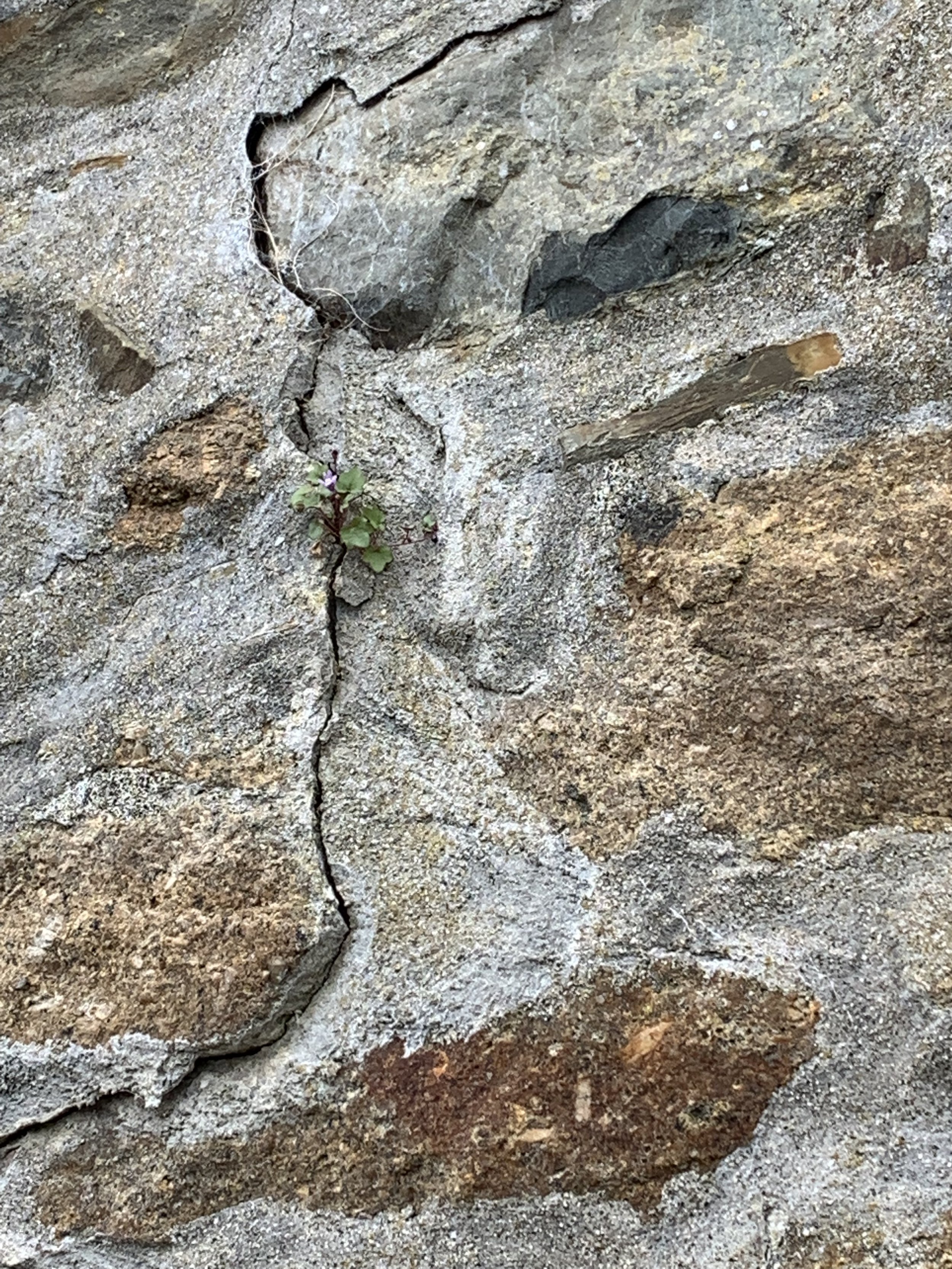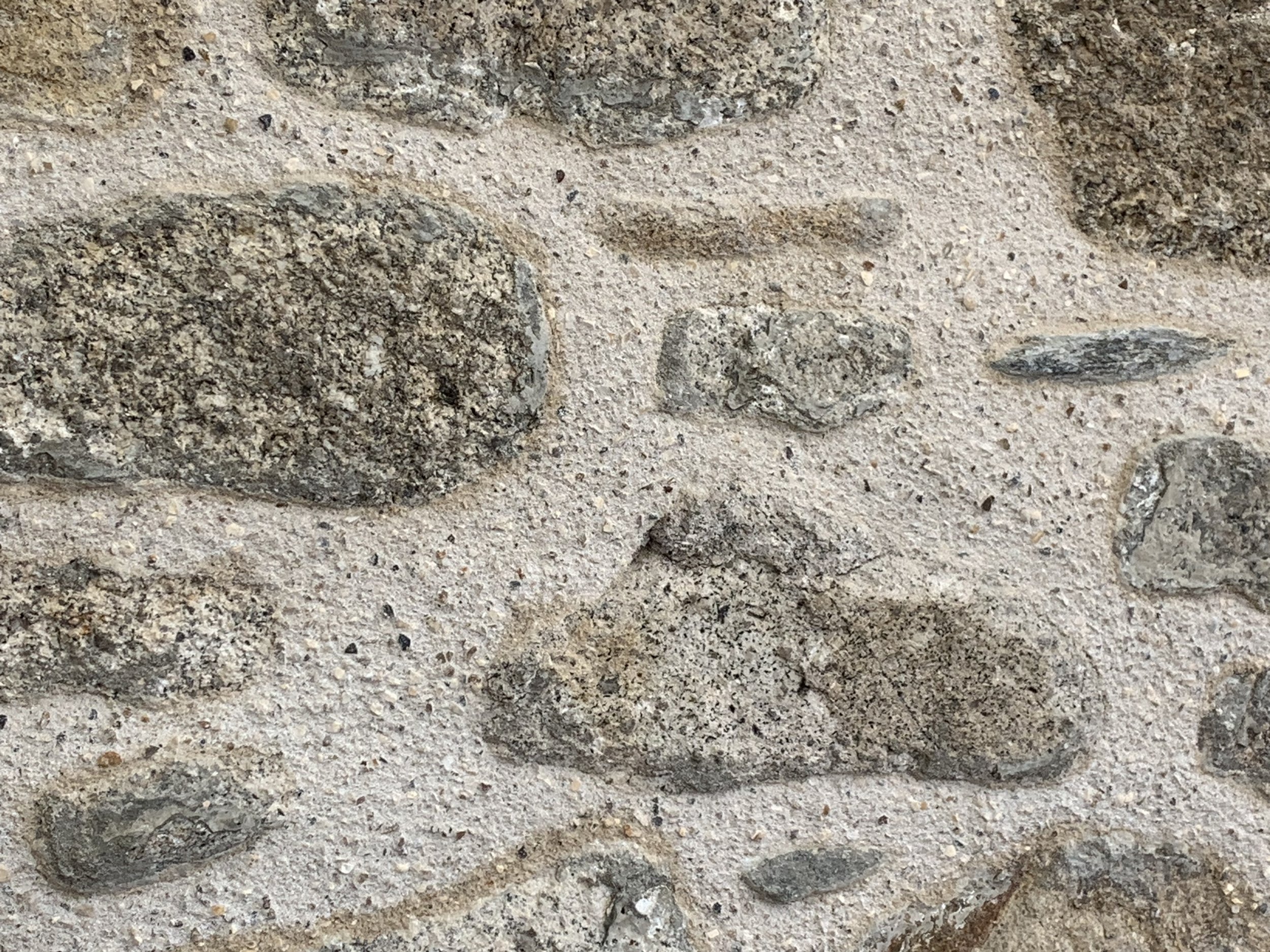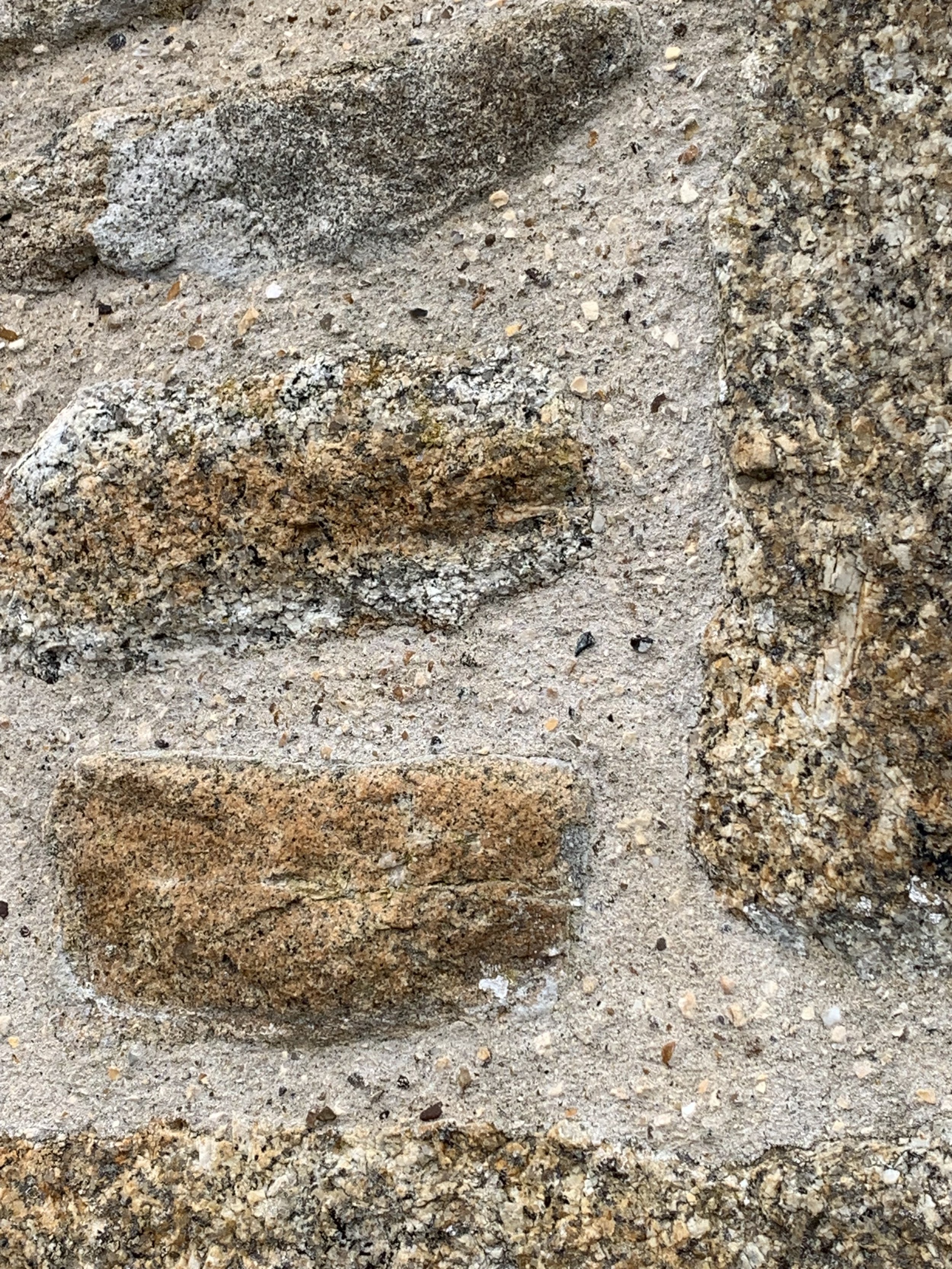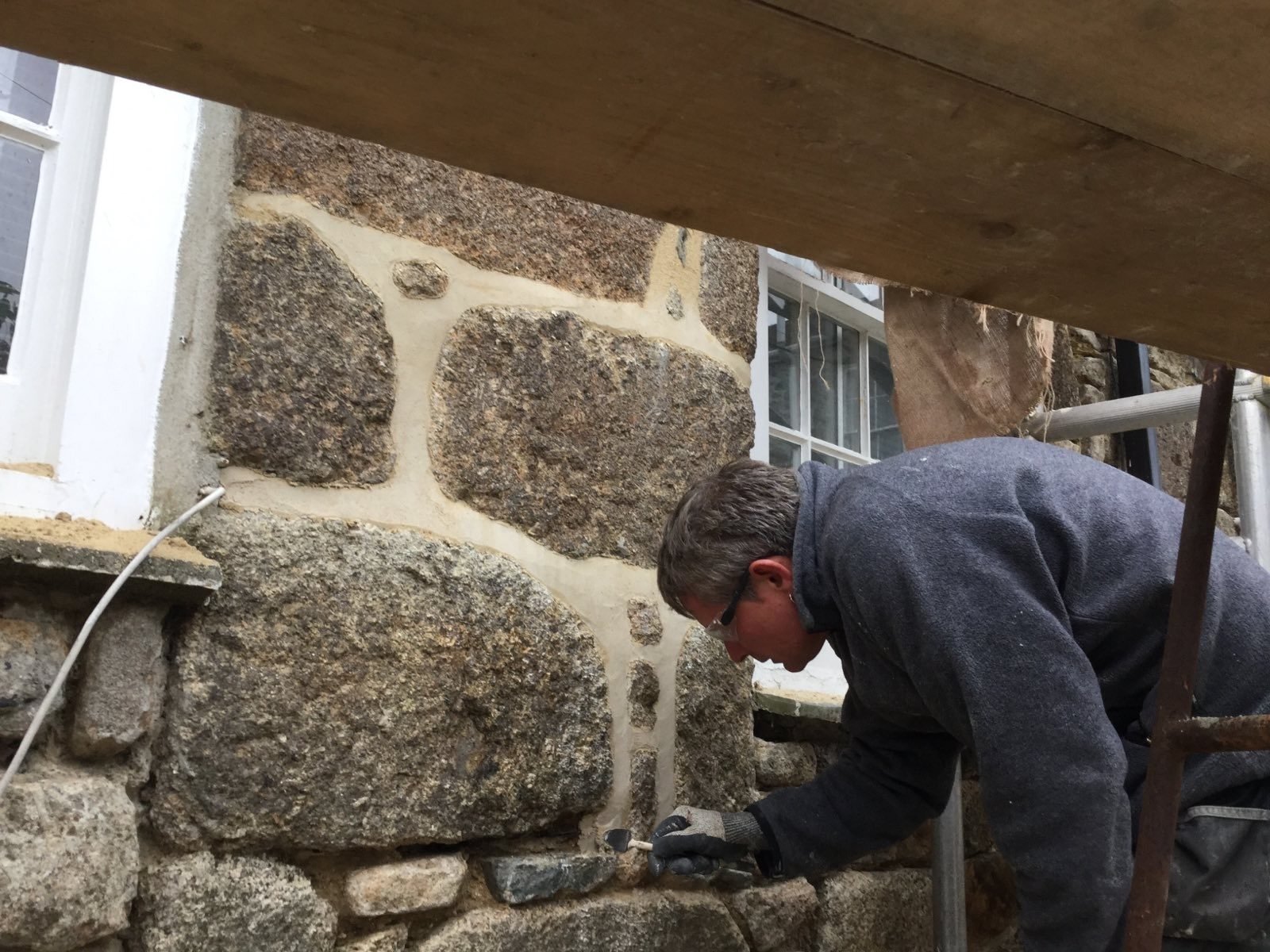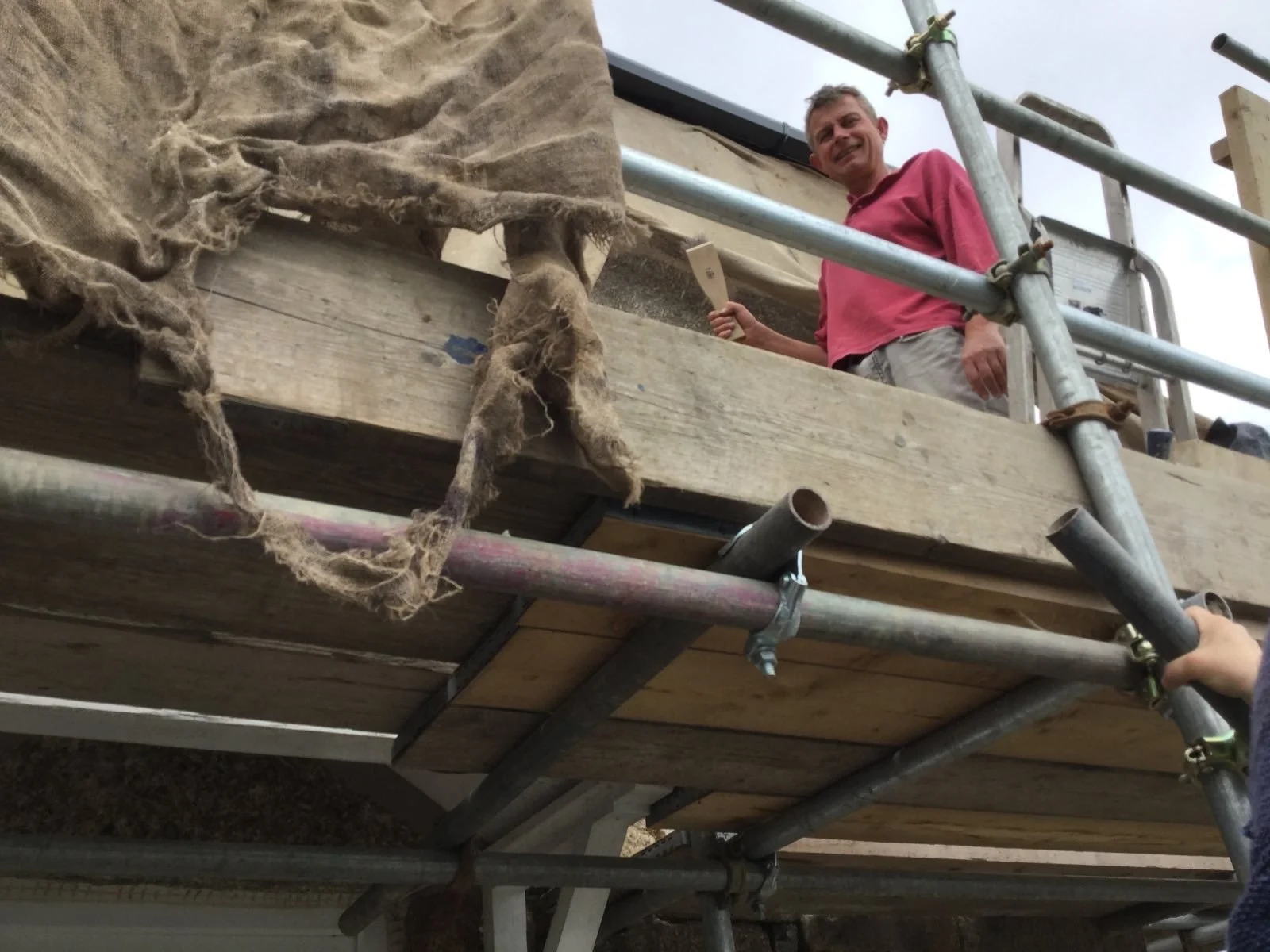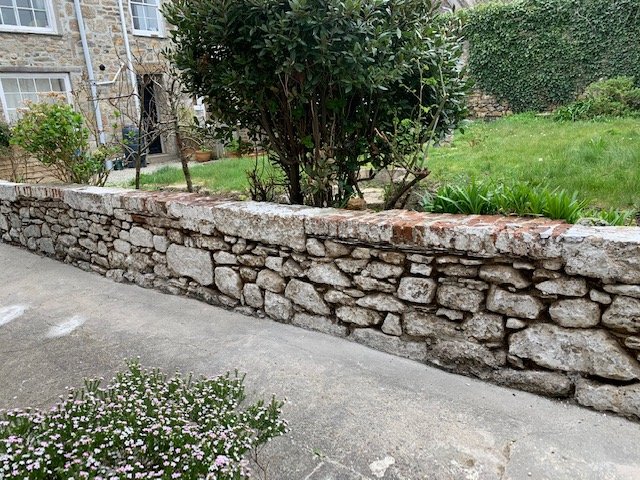Lime + Sand = Cornish Cottages
Finished work…
How it started…
It all started when my lodger pointed out some loose wall paper in our dining room. Plaster behind the wall paper had been crumbling away and we felt a pile of sand behind the wall paper. We knew we had to do something.
Then I bumped into an old family friend sipping a coffee next to his van on the street close to the house. He was a developer of old properties. I invited him for a cup of tea and a saffron bun, and pointed out the problem. He said “I know the right chap who can do this”. That’s how Simon Hazel walked into the cottage in October 2015.
Hazel (as all his mates called him) diagnosed the problem, and told me that he would peel off the paper and restore the plaster behind. The edges of the paper and newly restored plaster would then be blended so that people wouldn’t notice the repair.
It sounded brilliant, so I asked him to get on with it as soon as practically possible.
A hole large enough to put my shoulder in
Once you touch something in an old cottage, one thing leads another…
He put up a huge plastic sheet to isolate his working area from the kitchen. I went off for shopping and when I came back, there was no sign of him. “His working hours are rather short,” I thought. Then I found a text message from him, saying “There is a huge hole just above the dining room window large enough for my shoulder. I cannot carry on as it is.”
Apparently when we converted the cottage over 30 years ago, the builders had “cut corners” in making a new window in the granite wall. They did not fill up the rough edges, but just put wall paper over the gap. (I recollect that my husband was rushing them to finish the work at that time.) No wonder we have been experiencing dampness in the corner all the time, and the plaster work had been affected.
Now the strategy of repairing the wall had to be completely changed. He stripped the wall to the bare granite stones, filled the huge hole with thermal bricks, built the wall back, covered with tanking slurry to water proof it and finished with smooth plaster work.
Unfortunately, the dampness was spreading to the room upstairs. Yes, we had signs of dampness - a water colour picture on the wall developed spotted stains. Our wardrobe with curtain had musty smell. The walls under the curtains were actually grey with dampness. So we extended the tanking in other parts of the house as well.
Now the house is breathing
Once some areas of dampness had been tanked inside, the cement mortar on the outside wall started to change into an orangey colour. Hazel explained that the water trapped inside was now trying to get out, making the colour change. He continued, “The best thing for the house is to replace all the cement mortar with lime mortar. Unlike cement mortar which would crack after decades, lime mortar absorbs water and in the process of drying up, cracks are healed by themselves. This traditional method is starting to be more recognized now.” Then Hazel gave me a small tour in our neighbourhood showing me different types of pointing, enabling me to discern lime mortar from cement.
Photos(From left) : cement mortar; cracked cement mortar; 2 photos of “lime and sand” mortar.
According to A Beginner’s Guide To Lime Mortar website,
Lime mortar is composed of lime (hydraulic, or non hydraulic), water and an aggregate such as sand. Lime mortar today is primarily used in the conservation of existing old buildings or the recreation of new ones using traditional methods. Its use dates back at least 6,000 years, to the Ancient Egyptians who used lime to plaster the pyramids. With the introduction of Portland cement during the 19th century, the use of lime mortar gradually declined. However, the soft and porous properties of lime mortar provide certain advantages when working with softer building materials such as natural stone and terracotta. While Portland cement continues to be commonly used in new constructions of brick and concrete, it is not recommended in the repair and restoration of brick and stone-built structures originally built using lime mortar. Lime mortar is more porous than cement mortars, and it wicks any dampness in the wall to the surface where it evaporates. Thus any salt content in the water crystallises on the lime, damaging the lime and thus saving the masonry.
I have seen condemned properties due to the cracks on the walls in Penzance and this is the reason the cracks have appeared. We have been ignoring thousands of years of tradition and started to use cement…
As long as you are preserving tradition, wisdom is always revealed. Hence, I have decided to go for lime and sand mortar. The scaffolding was up and Hazel and his friend started to work on replacing the mortar. The house became a construction site with a cement mixer.
Once the new mortar was applied, the area was covered with a huge hessian cloth. When the lime mortar is half-dry, you hit the mortar with a brush. By hitting the surface, all the particles will get into every single corner of the stones, making the wall solid. This is skilled work; a well-experienced craftsman knows the exact right moment to hit the mortar with a brush. Also he knows the exact consistency of lime, sand and water (like making a pie crust for cooking), and indeed, Hazel’s father used to be a chef and he told me that he remembered his father making an enormous pie for many people.
When one side of the outer wall was completed, Hazel was ever so pleased, saying “Now the house is breathing. The smell of dampness has gone from this house.”
He was indeed thinking of the best thing for the house (rather than the owner…).
Someone else will replace my work in 150 years
The house renovation did not stop there. We worked on the inside as well. The kitchen, the conservatory (as the glass was cracked and the wood was rotten), and the living room were renewed. Hazel stripped the inner wall to the bare stones and built up the wall again. Then the wall was tanked and plastered.
We reckon our cottage is about 150 years old. Hazel was pleased with the original masonry work downstairs. Normally in old cottages, the downstairs part of the house was built by an experienced mason to give a sold foundation, and this house showed that tradition. The joy of working with old cottages must be to communicate with the workman who worked there before. Little marks here and there could give you some clue to work out how it used to be.
One day just before he left the work, he said “I have replaced the work which was done 150 years ago, and someone else will replace my work in 150 years.” What a beautiful approach to life! There is no room for “self-importance” - you are just a part of the ever-lasting heritage of mankind.
He was a craftsman and a perfectionist. Everything had to be just right, and he never compromised. He was so proud of what he had done. He was saying that in years time, the lime and sand will blend into the granite, and this house will shine in gold.
Old Stable
Only last year (2021) he came back to work on the house. I asked him to restore the wall in front of the house. When he peeled off all the paint on the wall, he discovered that the top of the wall have been covered by bricks and granite alternately with exactly the same length. (The red patch in the photos below are bricks, and the granite slab have been placed in between.)
“I know what it was - this must have been a stable entrance. The granite slabs must have been supports for the gates. They must have kept horses here. This wall could be much older than your house.” I was rather thrilled to imagine horses lined up in front of our house, say, in the year 1600 or so??
Tribute
Sadly, Hazel is no longer with us. He left this world in January 2022 at the age of 54. I felt I should record his contribution to a corner of this part of the world. Writing this blog, I needed to ask him some questions. I bet he is laughing at me from a different dimension while I am struggling to describe his trade….
R.I.P.
